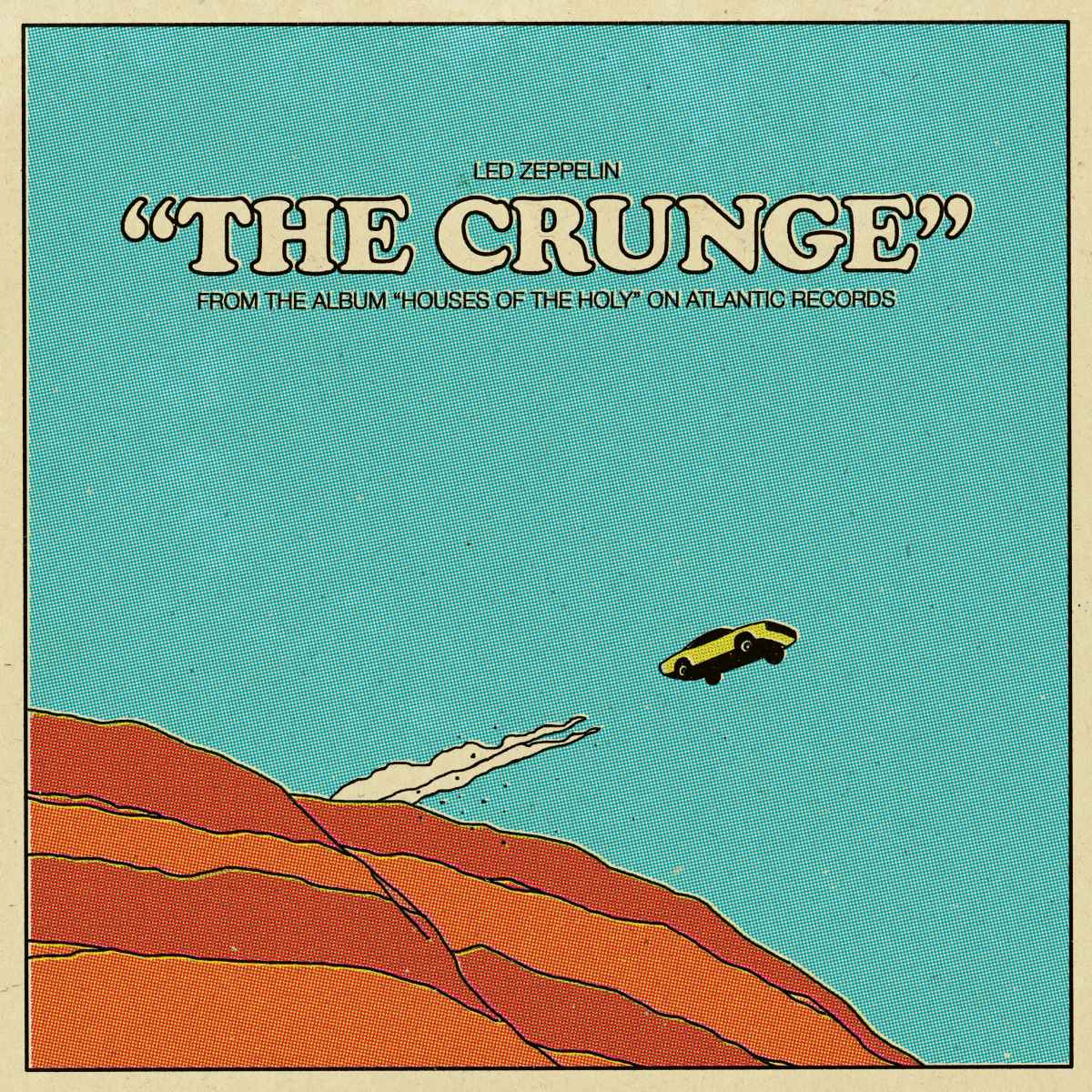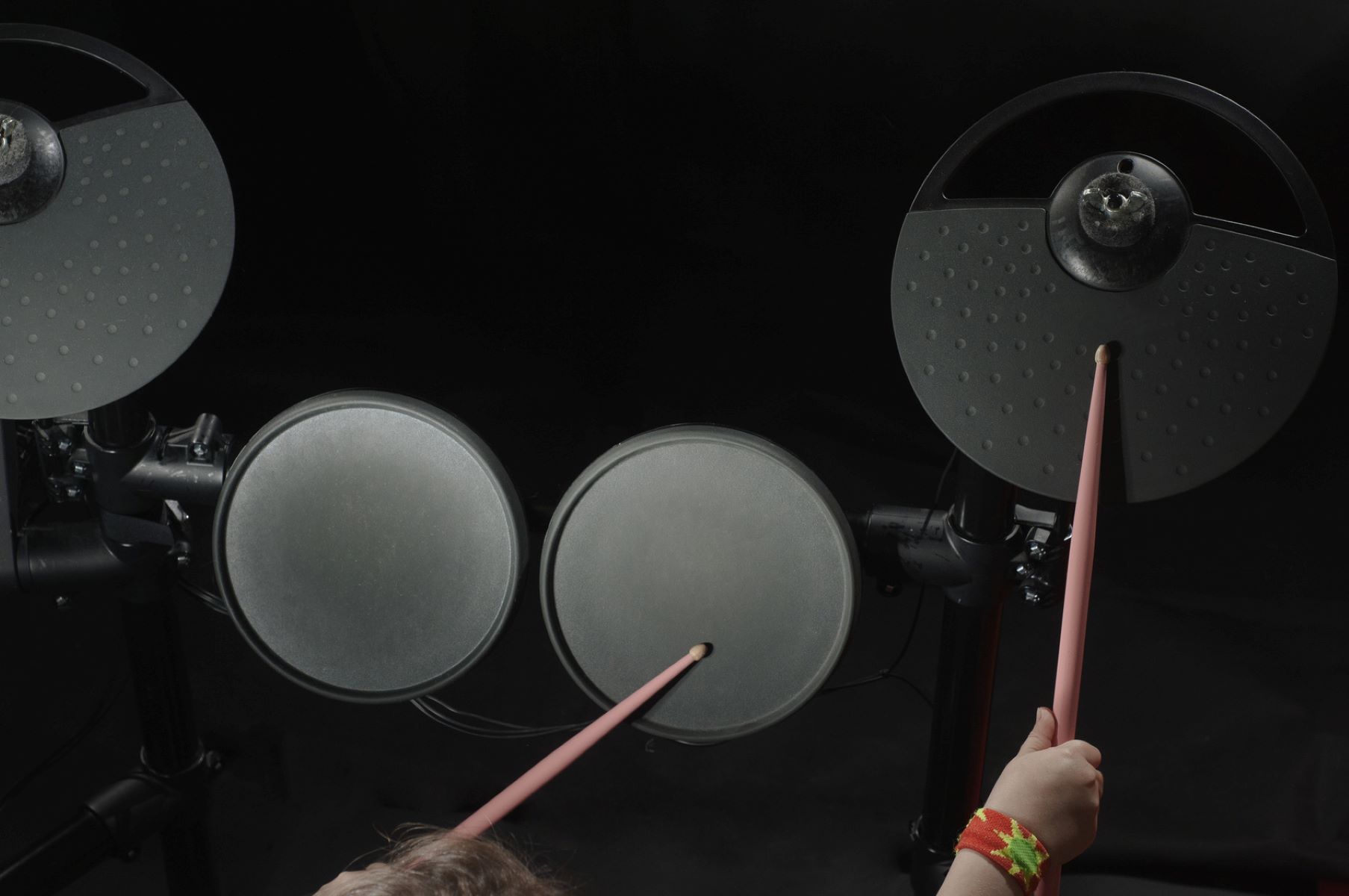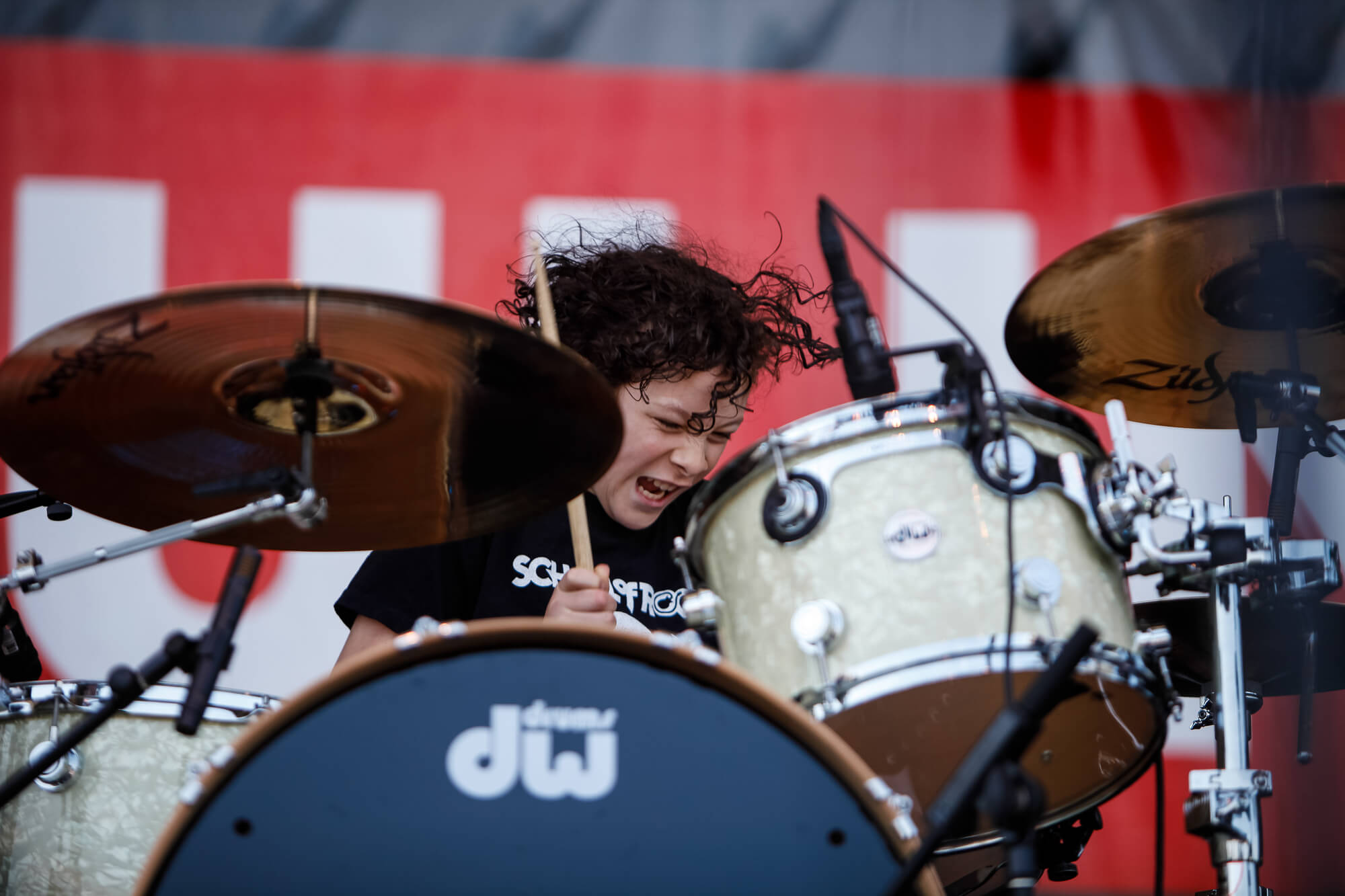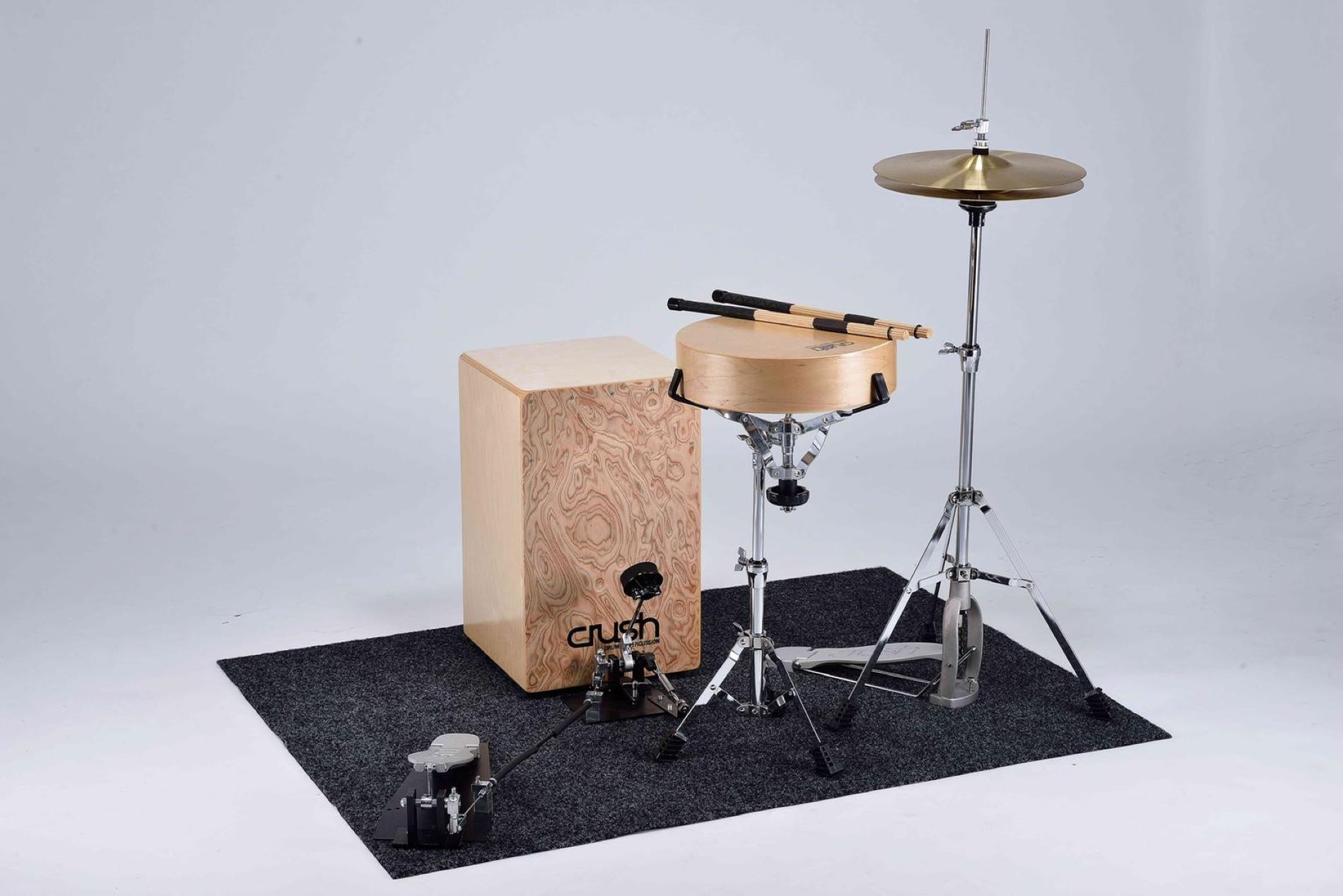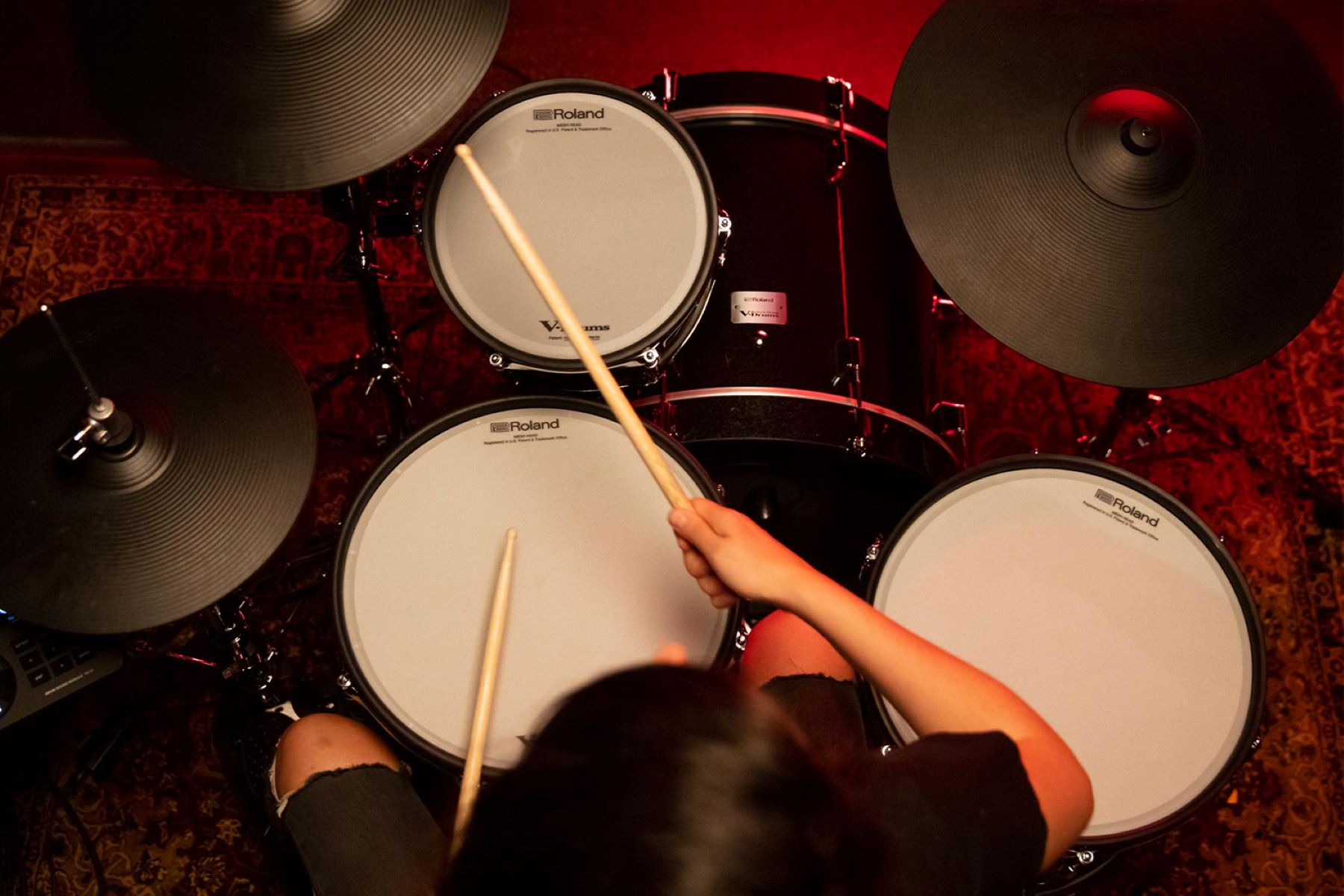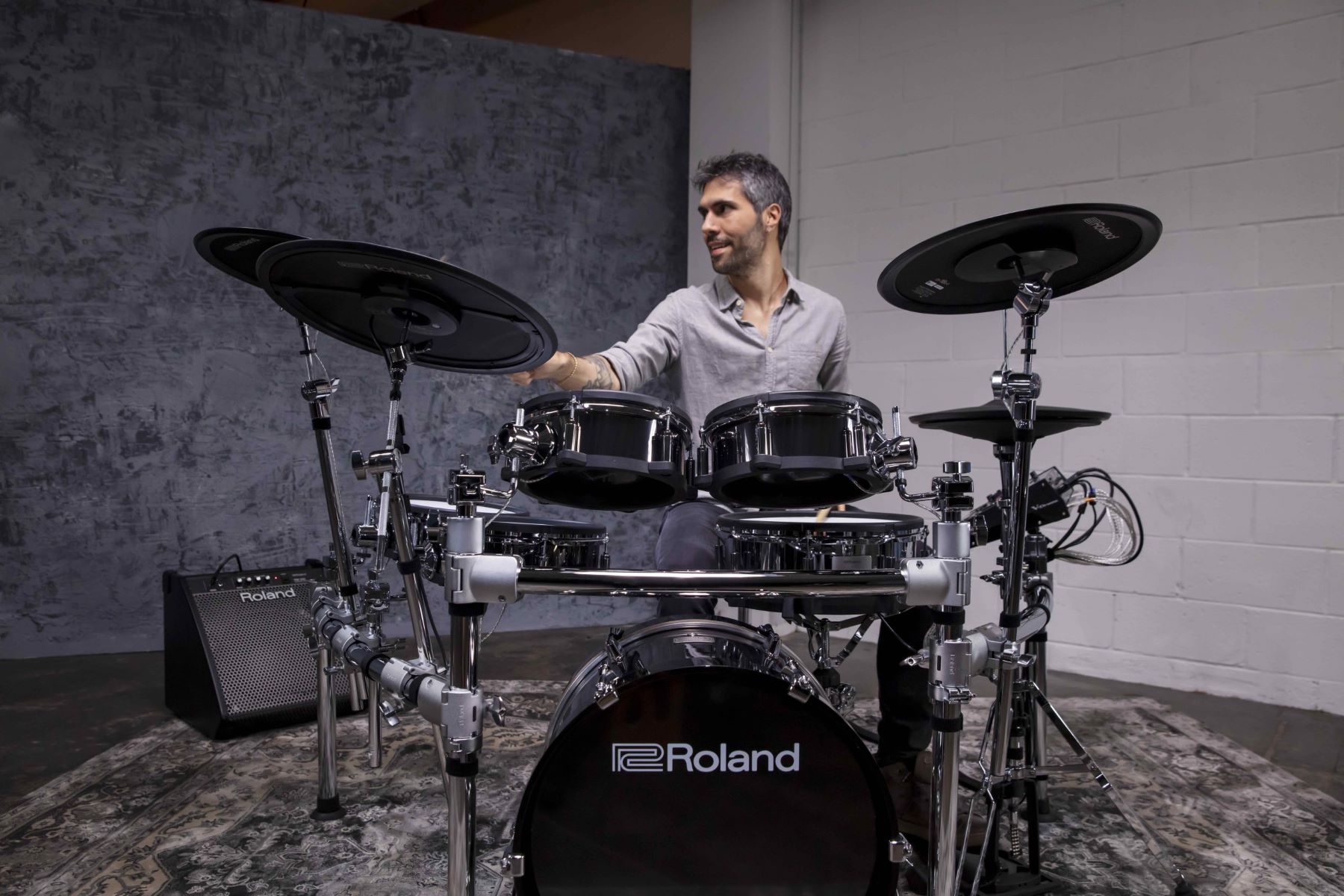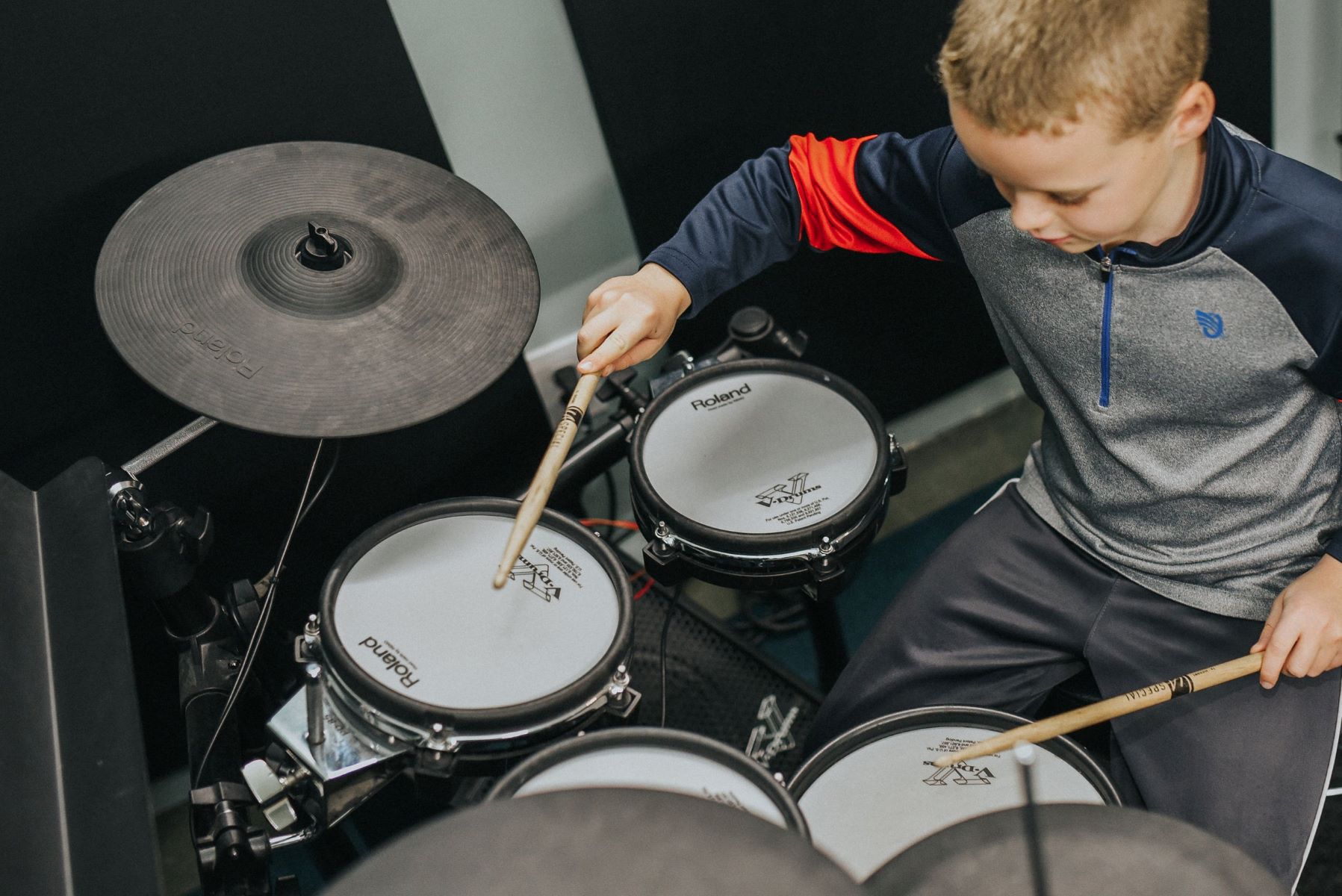Home>Instruments>Drums>How To Play Paradiddles On Drums
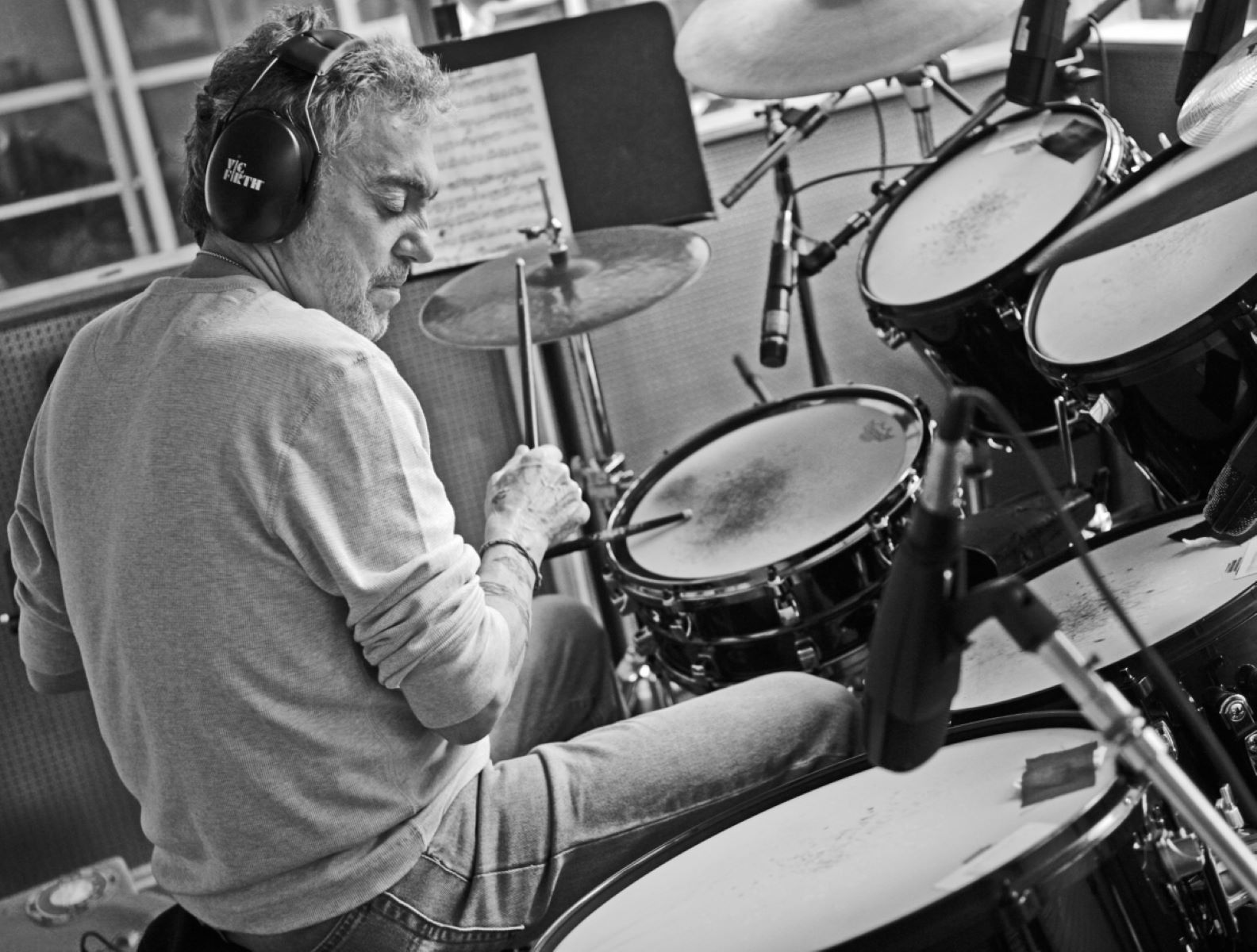

Drums
How To Play Paradiddles On Drums
Published: February 9, 2024
Learn how to play paradiddles on drums with our step-by-step guide. Master this essential drumming technique and take your drumming skills to the next level. Start drumming today!
(Many of the links in this article redirect to a specific reviewed product. Your purchase of these products through affiliate links helps to generate commission for AudioLover.com, at no extra cost. Learn more)
Table of Contents
**
Introduction
**
Playing paradiddles on the drums is a fundamental skill that every drummer should master. Whether you’re a beginner or an experienced drummer, understanding and executing paradiddles can significantly enhance your drumming proficiency. Paradiddles are not only fun to play, but they also serve as building blocks for more complex drumming patterns and fills.
In this article, we will delve into the world of paradiddles, exploring their significance, basic patterns, applications in drum beats and fills, as well as advanced techniques. By the end of this comprehensive guide, you will have a solid understanding of how to play paradiddles and how to incorporate them into your drumming repertoire.
Drummers often use paradiddles to add flair and complexity to their playing, making them an essential skill for anyone looking to expand their rhythmic vocabulary. Whether you’re a rock, jazz, funk, or metal drummer, the versatility of paradiddles makes them a valuable asset in your drumming arsenal.
Let’s embark on this rhythmic journey and unlock the secrets of playing paradiddles on the drums. Whether you’re sitting behind a drum kit for the first time or you’re a seasoned pro looking to refine your skills, mastering paradiddles will undoubtedly elevate your drumming prowess. So, grab your sticks, sit back, and let’s dive into the world of paradiddles!
What are Paradiddles?
Before delving into the intricacies of playing paradiddles, it’s essential to grasp the concept and structure of these rudiments. A paradiddle is a fundamental drum rudiment that consists of a specific stick pattern, typically played in 4/4 time signature. The basic paradiddle pattern is represented by the sequence “RLRR LRLL,” where R denotes the right hand and L represents the left hand.
Paradiddles are part of a broader category of drum rudiments known as “single paradiddles,” which also include double and triple paradiddles. These rudiments form the foundation of drumming technique, providing drummers with the ability to execute complex rhythms and fills with precision and fluidity.
One of the defining characteristics of paradiddles is their symmetrical nature, which allows for seamless integration into various drumming patterns and musical styles. This symmetry enables drummers to maintain a balanced and consistent flow while incorporating paradiddles into their playing.
Understanding paradiddles is not limited to memorizing a specific pattern; it also involves internalizing the rhythmic structure and developing muscle memory to execute paradiddles fluently. As drummers become proficient in playing paradiddles, they gain the agility and coordination necessary to navigate intricate rhythmic landscapes.
Moreover, paradiddles serve as a springboard for more advanced drumming techniques, such as polyrhythms, syncopated patterns, and dynamic accents. By mastering paradiddles, drummers can expand their rhythmic vocabulary and elevate their musical expression.
Whether you’re a novice drummer seeking to hone your foundational skills or an experienced musician looking to add finesse to your playing, paradiddles offer a gateway to rhythmic versatility and creativity. Embracing the art of paradiddles opens up a world of rhythmic possibilities, empowering drummers to craft compelling and dynamic performances.
Now that we’ve established the essence of paradiddles, let’s explore the basic paradiddle pattern and its application in drumming contexts.
Basic Paradiddle Pattern
The basic paradiddle pattern, often referred to as the single paradiddle, is a cornerstone of drum rudiments. It follows a simple yet versatile structure, consisting of four distinct strokes: right, left, right, right (RLRR) followed by left, right, left, left (LRLL). This sequence forms the core framework of the paradiddle, laying the groundwork for more intricate variations and applications.
When practicing the basic paradiddle, it’s crucial to focus on achieving a consistent and even tempo, ensuring that each stroke is executed with precision and clarity. This foundational rhythm serves as a springboard for developing dexterity, coordination, and rhythmic control, making it an indispensable component of a drummer’s skill set.
Mastering the basic paradiddle pattern involves honing both hand independence and muscle memory. By alternating between right and left hand leads, drummers cultivate a balanced and fluid motion, enabling them to seamlessly integrate paradiddles into their playing repertoire.
Furthermore, the basic paradiddle pattern serves as a gateway to exploring variations and permutations, allowing drummers to expand their rhythmic vocabulary and creative expression. As drummers delve deeper into the world of paradiddles, they can experiment with accentuating different strokes, incorporating dynamics, and integrating paradiddles into diverse musical contexts.
Practicing paradiddles at varying tempos and dynamics is essential for developing proficiency and versatility. Whether played at a brisk pace to infuse energy into a drum groove or at a slower tempo to add subtle embellishments, the basic paradiddle pattern offers a wealth of rhythmic possibilities.
As drummers internalize the basic paradiddle pattern, they lay the groundwork for incorporating paradiddles into drum beats, fills, and improvisational passages. The rhythmic agility and precision cultivated through practicing paradiddles pave the way for dynamic and expressive drumming performances.
Now that we’ve explored the fundamental structure of paradiddles, let’s delve into their application in drum beats, where paradiddles infuse rhythmic complexity and flair into musical compositions.
Applying Paradiddles to Drum Beats
Integrating paradiddles into drum beats offers drummers a versatile tool for enhancing rhythmic complexity and creativity. By infusing paradiddles into their grooves, drummers can introduce dynamic variations and subtle accents, elevating the overall feel and texture of the music.
When applying paradiddles to drum beats, drummers can experiment with incorporating paradiddles within the framework of standard grooves, such as rock, funk, jazz, or Latin rhythms. By seamlessly integrating paradiddles into these foundational patterns, drummers can add a layer of sophistication and depth to their playing.
One effective approach involves using paradiddles to create intricate ghost note patterns within the groove, adding subtle embellishments that complement the overall rhythmic structure. This technique allows drummers to infuse a sense of groove and nuance into their playing, enhancing the musical dynamics.
Additionally, paradiddles can be employed to create syncopated accents and offbeat patterns, injecting a sense of unpredictability and excitement into drum beats. By strategically placing paradiddles within the groove, drummers can craft engaging rhythmic motifs that captivate listeners and drive the musical momentum.
Furthermore, paradiddles provide drummers with the flexibility to transition seamlessly between different rhythmic subdivisions, allowing for fluid and expressive drumming performances. Whether navigating between quarter notes, eighth notes, or sixteenth notes, paradiddles serve as a rhythmic anchor that facilitates smooth transitions and rhythmic agility.
As drummers explore the application of paradiddles to drum beats, they uncover a wealth of creative possibilities, enabling them to craft compelling and dynamic rhythmic arrangements. Whether in a studio recording or live performance setting, the strategic use of paradiddles adds depth, complexity, and rhythmic intrigue to drumming compositions.
Now that we’ve examined the integration of paradiddles into drum beats, let’s shift our focus to incorporating paradiddles into drum fills, where paradiddles offer a platform for expressive and dynamic rhythmic embellishments.
Incorporating Paradiddles into Drum Fills
Drum fills serve as pivotal moments within a musical composition, allowing drummers to showcase their creativity and technical prowess. By incorporating paradiddles into drum fills, drummers can infuse these transitional passages with intricate and dynamic rhythmic patterns, adding depth and excitement to the music.
When integrating paradiddles into drum fills, drummers have the opportunity to explore a wide range of rhythmic permutations and accents, creating captivating and expressive flourishes that punctuate the music. Paradiddles offer a versatile framework for crafting fills that seamlessly bridge different sections of a song, enhancing the overall musical narrative.
One effective approach involves utilizing paradiddles to execute rapid and fluid linear patterns across the drum kit, showcasing the drummer’s agility and precision. By weaving paradiddles into these dynamic fills, drummers can create a sense of rhythmic propulsion and momentum, driving the musical energy forward.
Furthermore, paradiddles provide drummers with the flexibility to incorporate dynamic accents and embellishments within their fills, adding a layer of complexity and nuance to their drumming performances. By manipulating the dynamics and articulation of paradiddles, drummers can craft fills that captivate listeners and elevate the musical impact.
Moreover, paradiddles enable drummers to navigate the drum kit with finesse, seamlessly transitioning between different voices and surfaces to create engaging and dynamic fills. Whether executing paradiddles across the toms, snare, or cymbals, drummers can leverage the symmetrical nature of paradiddles to craft cohesive and compelling fills.
As drummers explore the integration of paradiddles into drum fills, they unlock a world of rhythmic creativity and expression, allowing them to leave a lasting impression with their musical contributions. Whether in a live performance setting or during a recording session, the strategic use of paradiddles in drum fills amplifies the rhythmic impact and elevates the overall musical experience.
Now that we’ve explored the incorporation of paradiddles into drum fills, let’s delve into advanced paradiddle techniques, where drummers can expand their rhythmic prowess and technical proficiency.
Advanced Paradiddle Techniques
As drummers progress in their musical journey, delving into advanced paradiddle techniques opens up a realm of rhythmic complexity and expressive possibilities. By mastering these techniques, drummers can elevate their playing to new heights, showcasing precision, agility, and creative flair.
One advanced paradiddle technique involves the incorporation of polyrhythmic elements, where paradiddles are executed within complex rhythmic frameworks. By juxtaposing paradiddles against different rhythmic subdivisions or time signatures, drummers can create intricate and captivating rhythmic textures that challenge conventional rhythmic boundaries.
Furthermore, advanced paradiddle techniques encompass the exploration of dynamic accents and orchestrations, allowing drummers to imbue paradiddles with nuanced articulations and tonal variations. By manipulating the velocity and intensity of each stroke, drummers can craft compelling rhythmic motifs that command attention and evoke emotive responses.
Another facet of advanced paradiddle techniques involves the integration of rudimental combinations and permutations, where paradiddles are interwoven with other rudiments to create elaborate and virtuosic patterns. This approach fosters a heightened level of technical proficiency and rhythmic dexterity, enabling drummers to navigate complex rhythmic landscapes with finesse and precision.
Moreover, advanced paradiddle techniques empower drummers to explore asymmetrical and irregular paradiddle variations, challenging traditional paradiddle structures and expanding the rhythmic vocabulary. By embracing asymmetry, drummers can introduce unpredictability and complexity into their playing, fostering a sense of rhythmic intrigue and innovation.
As drummers delve into advanced paradiddle techniques, they embark on a journey of rhythmic discovery and artistic exploration, pushing the boundaries of traditional paradiddle applications and redefining the possibilities of drumming expression. Whether in a solo performance, collaborative ensemble setting, or studio recording, the mastery of advanced paradiddle techniques amplifies the impact and depth of drumming performances.
Now that we’ve uncovered the realm of advanced paradiddle techniques, let’s reflect on the significance of mastering paradiddles and their enduring impact on drumming proficiency.
Conclusion
Mastering paradiddles is a transformative journey that empowers drummers to expand their rhythmic vocabulary, technical proficiency, and creative expression. From the foundational structure of the basic paradiddle pattern to the intricate realms of advanced paradiddle techniques, paradiddles serve as a gateway to rhythmic innovation and artistic exploration.
By embracing paradiddles, drummers gain the agility, coordination, and finesse necessary to navigate diverse musical genres and performance contexts. Paradiddles infuse drumming with depth, complexity, and nuance, allowing drummers to craft compelling and dynamic rhythmic arrangements that captivate audiences and elevate musical compositions.
Whether applied to drum beats, fills, improvisational passages, or solo performances, paradiddles offer a versatile platform for rhythmic creativity and expressive storytelling. The symmetrical nature of paradiddles, coupled with their adaptability to varying tempos and dynamics, makes them an indispensable tool for drummers seeking to leave a lasting impression with their musical contributions.
As drummers embark on their paradiddle journey, they unlock a world of rhythmic possibilities and artistic potential, transcending the confines of conventional drumming techniques. Paradiddles not only enhance technical proficiency but also foster a deep sense of musicality and rhythmic intuition, empowering drummers to craft dynamic and engaging performances that resonate with listeners.
In essence, paradiddles embody the essence of rhythmic innovation and creative expression, serving as a testament to the enduring impact of rudimental drumming in contemporary music. Whether in the practice room, on stage, or in the studio, paradiddles stand as a testament to the rhythmic ingenuity and artistic prowess of drummers worldwide.
So, as drummers continue to hone their paradiddle skills, they embark on a rhythmic odyssey that transcends technical proficiency, embracing the artistry and soulful expression that define the essence of drumming.


